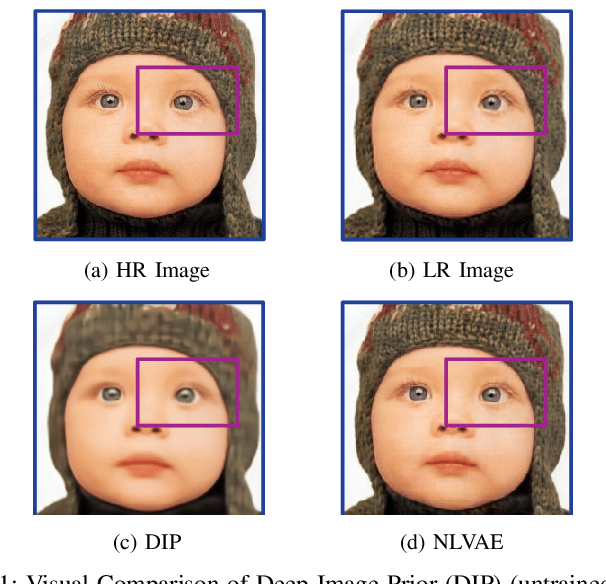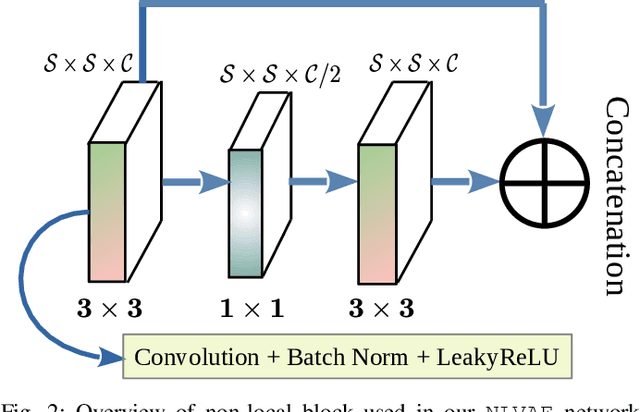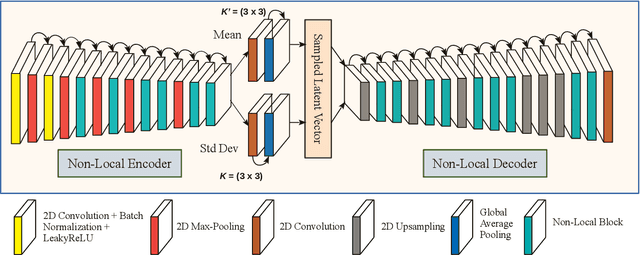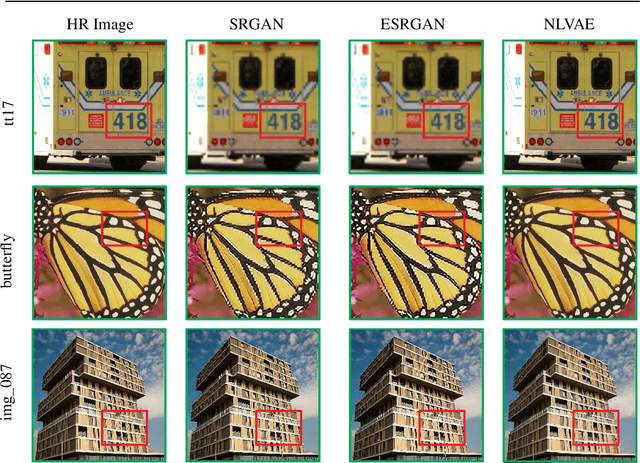Michael J. Ryan
EnronQA: Towards Personalized RAG over Private Documents
May 01, 2025Abstract:Retrieval Augmented Generation (RAG) has become one of the most popular methods for bringing knowledge-intensive context to large language models (LLM) because of its ability to bring local context at inference time without the cost or data leakage risks associated with fine-tuning. A clear separation of private information from the LLM training has made RAG the basis for many enterprise LLM workloads as it allows the company to augment LLM's understanding using customers' private documents. Despite its popularity for private documents in enterprise deployments, current RAG benchmarks for validating and optimizing RAG pipelines draw their corpora from public data such as Wikipedia or generic web pages and offer little to no personal context. Seeking to empower more personal and private RAG we release the EnronQA benchmark, a dataset of 103,638 emails with 528,304 question-answer pairs across 150 different user inboxes. EnronQA enables better benchmarking of RAG pipelines over private data and allows for experimentation on the introduction of personalized retrieval settings over realistic data. Finally, we use EnronQA to explore the tradeoff in memorization and retrieval when reasoning over private documents.
Unintended Impacts of LLM Alignment on Global Representation
Feb 22, 2024Abstract:Before being deployed for user-facing applications, developers align Large Language Models (LLMs) to user preferences through a variety of procedures, such as Reinforcement Learning From Human Feedback (RLHF) and Direct Preference Optimization (DPO). Current evaluations of these procedures focus on benchmarks of instruction following, reasoning, and truthfulness. However, human preferences are not universal, and aligning to specific preference sets may have unintended effects. We explore how alignment impacts performance along three axes of global representation: English dialects, multilingualism, and opinions from and about countries worldwide. Our results show that current alignment procedures create disparities between English dialects and global opinions. We find alignment improves capabilities in several languages. We conclude by discussing design decisions that led to these unintended impacts and recommendations for more equitable preference tuning.
Revisiting non-English Text Simplification: A Unified Multilingual Benchmark
May 25, 2023Abstract:Recent advancements in high-quality, large-scale English resources have pushed the frontier of English Automatic Text Simplification (ATS) research. However, less work has been done on multilingual text simplification due to the lack of a diverse evaluation benchmark that covers complex-simple sentence pairs in many languages. This paper introduces the MultiSim benchmark, a collection of 27 resources in 12 distinct languages containing over 1.7 million complex-simple sentence pairs. This benchmark will encourage research in developing more effective multilingual text simplification models and evaluation metrics. Our experiments using MultiSim with pre-trained multilingual language models reveal exciting performance improvements from multilingual training in non-English settings. We observe strong performance from Russian in zero-shot cross-lingual transfer to low-resource languages. We further show that few-shot prompting with BLOOM-176b achieves comparable quality to reference simplifications outperforming fine-tuned models in most languages. We validate these findings through human evaluation.
Towards Massively Multi-domain Multilingual Readability Assessment
May 23, 2023



Abstract:We present ReadMe++, a massively multi-domain multilingual dataset for automatic readability assessment. Prior work on readability assessment has been mostly restricted to the English language and one or two text domains. Additionally, the readability levels of sentences used in many previous datasets are assumed on the document-level other than sentence-level, which raises doubt about the quality of previous evaluations. We address those gaps in the literature by providing an annotated dataset of 6,330 sentences in Arabic, English, and Hindi collected from 64 different domains of text. Unlike previous datasets, ReadMe++ offers more domain and language diversity and is manually annotated at a sentence level using the Common European Framework of Reference for Languages (CEFR) and through a Rank-and-Rate annotation framework that reduces subjectivity in annotation. Our experiments demonstrate that models fine-tuned using ReadMe++ achieve strong cross-lingual transfer capabilities and generalization to unseen domains. ReadMe++ will be made publicly available to the research community.
Having Beer after Prayer? Measuring Cultural Bias in Large Language Models
May 23, 2023Abstract:Are language models culturally biased? It is important that language models conform to the cultural aspects of the communities they serve. However, we show in this paper that language models suffer from a significant bias towards Western culture when handling and generating text in Arabic, often preferring, and producing Western-fitting content as opposed to the relevant Arab content. We quantify this bias through a likelihood scoring-based metric using naturally occurring contexts that we collect from online social media. Our experiments reveal that both Arabic monolingual and multilingual models exhibit bias towards Western culture in eight different cultural aspects: person names, food, clothing, location, literature, beverage, religion, and sports. Models also tend to exhibit more bias when prompted with Arabic sentences that are more linguistically aligned with English. These findings raise concerns about the cultural relevance of current language models. Our analyses show that providing culture-indicating tokens or culturally-relevant demonstrations to the model can help in debiasing.
Single Image Internal Distribution Measurement Using Non-Local Variational Autoencoder
Apr 02, 2022



Abstract:Deep learning-based super-resolution methods have shown great promise, especially for single image super-resolution (SISR) tasks. Despite the performance gain, these methods are limited due to their reliance on copious data for model training. In addition, supervised SISR solutions rely on local neighbourhood information focusing only on the feature learning processes for the reconstruction of low-dimensional images. Moreover, they fail to capitalize on global context due to their constrained receptive field. To combat these challenges, this paper proposes a novel image-specific solution, namely non-local variational autoencoder (\texttt{NLVAE}), to reconstruct a high-resolution (HR) image from a single low-resolution (LR) image without the need for any prior training. To harvest maximum details for various receptive regions and high-quality synthetic images, \texttt{NLVAE} is introduced as a self-supervised strategy that reconstructs high-resolution images using disentangled information from the non-local neighbourhood. Experimental results from seven benchmark datasets demonstrate the effectiveness of the \texttt{NLVAE} model. Moreover, our proposed model outperforms a number of baseline and state-of-the-art methods as confirmed through extensive qualitative and quantitative evaluations.
 Add to Chrome
Add to Chrome Add to Firefox
Add to Firefox Add to Edge
Add to Edge